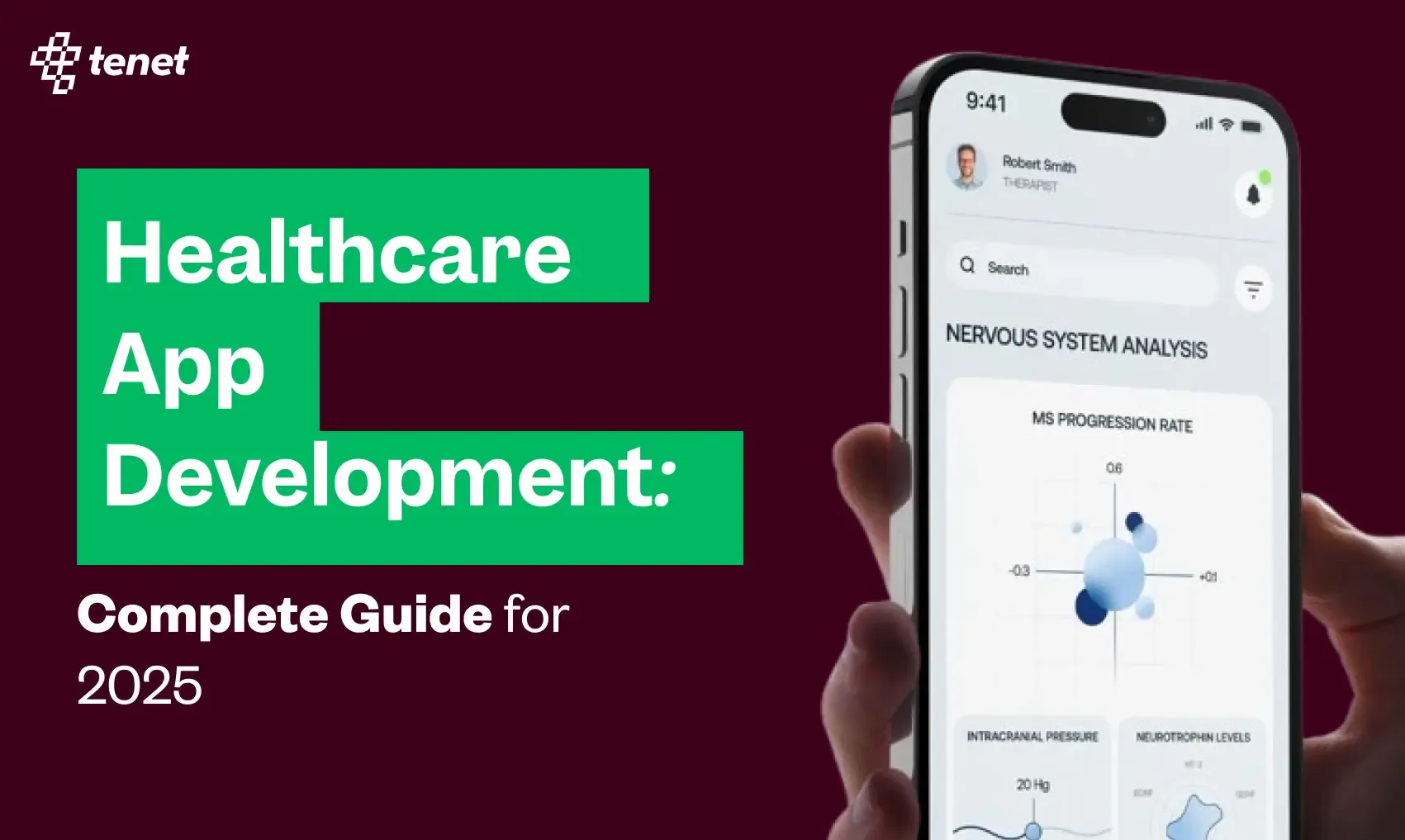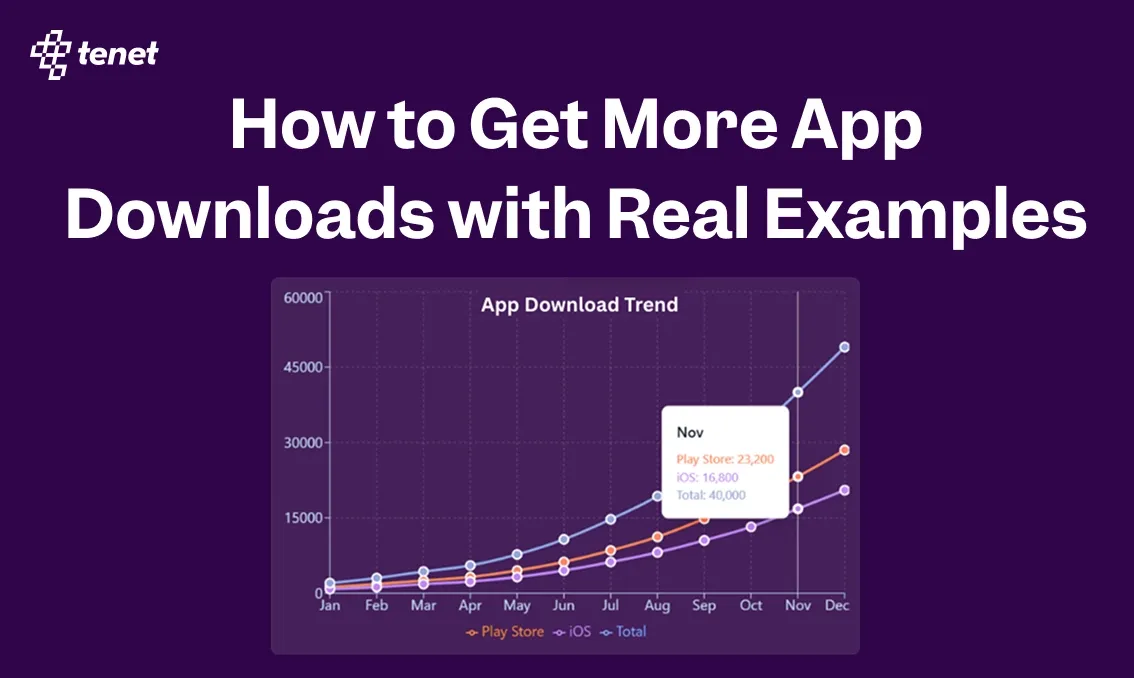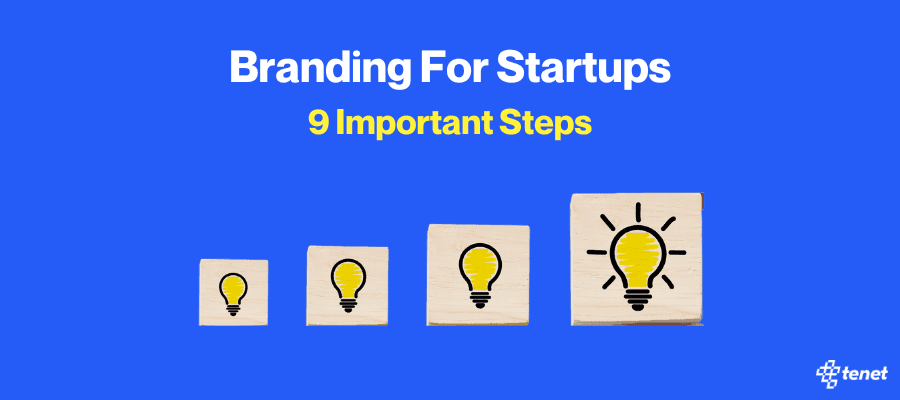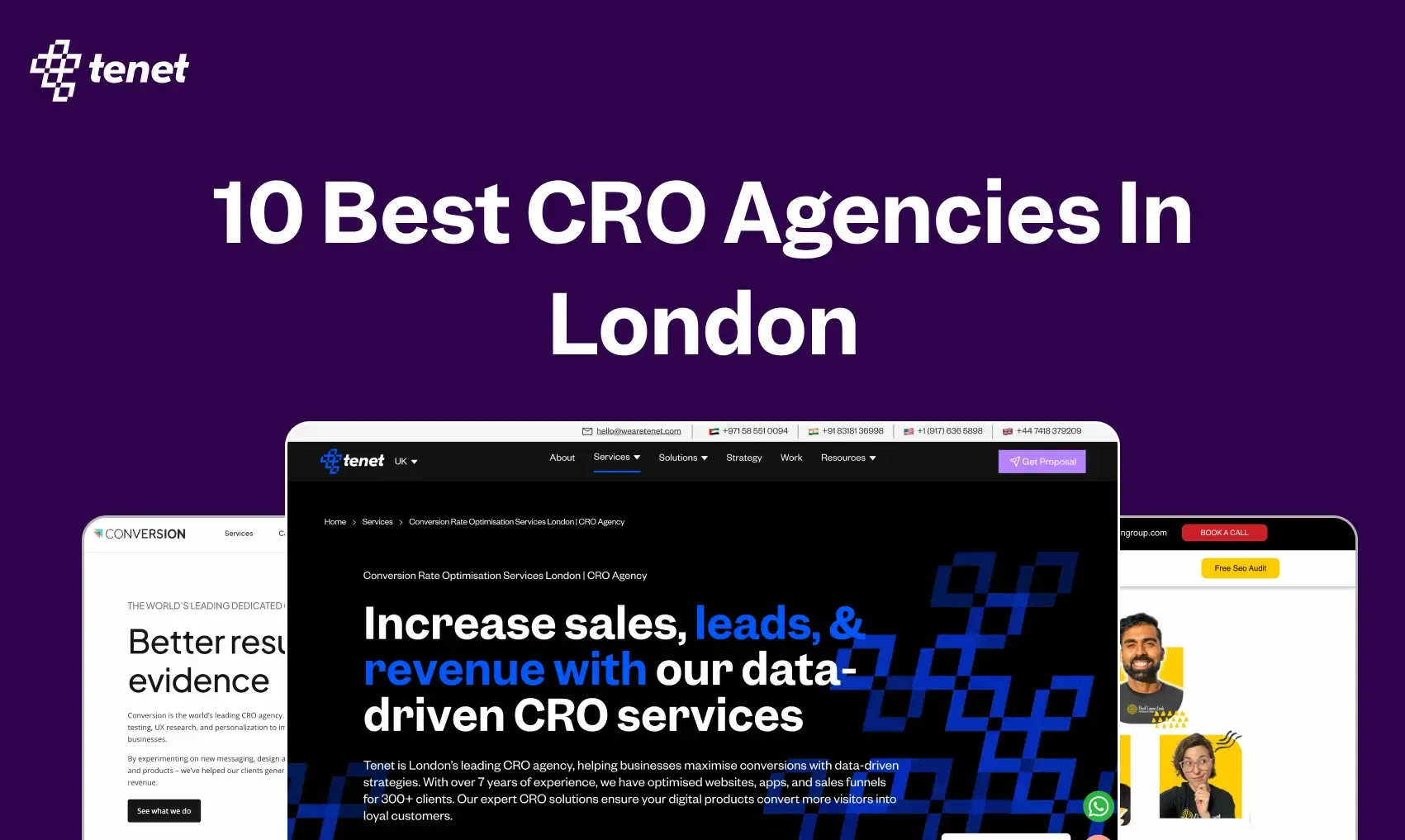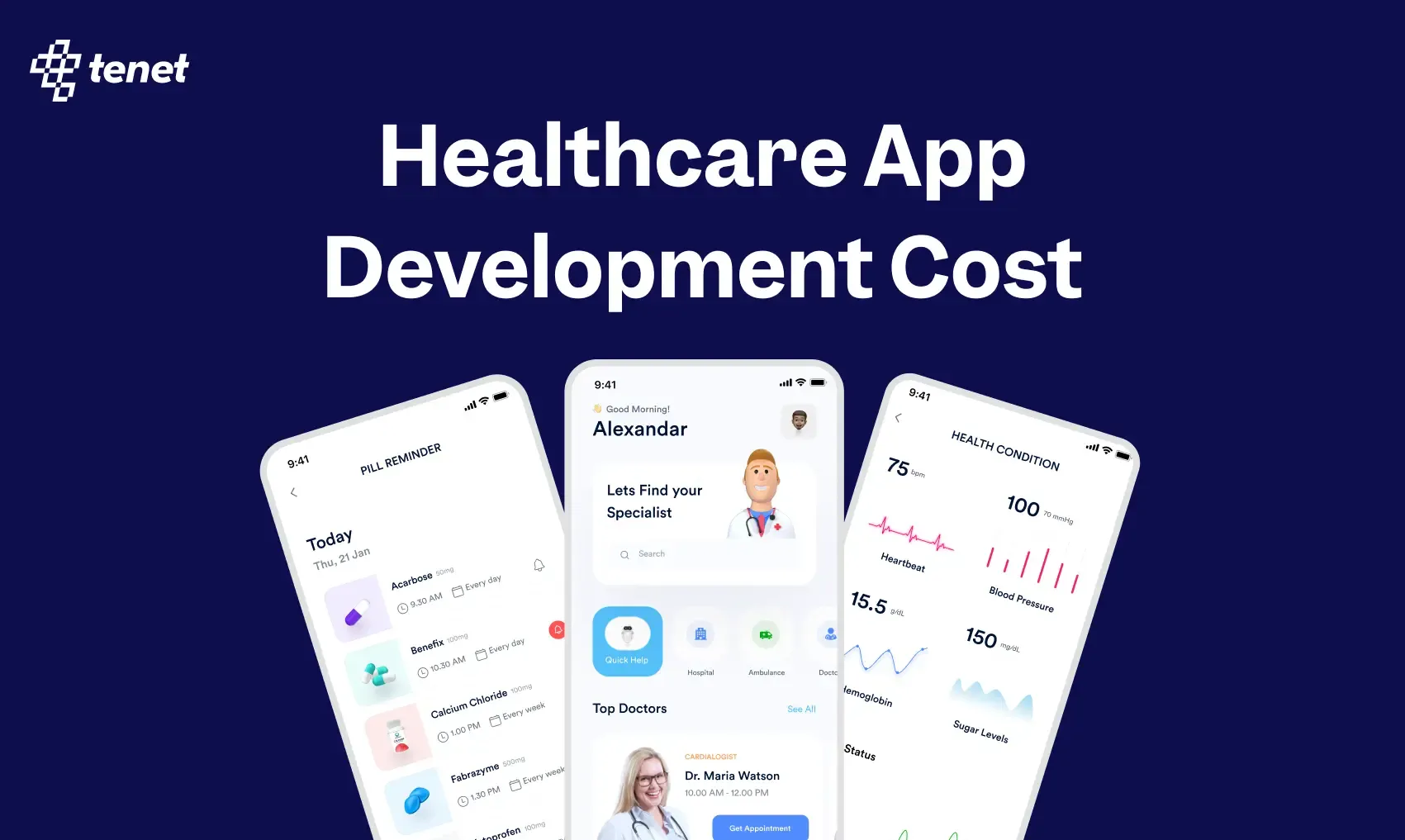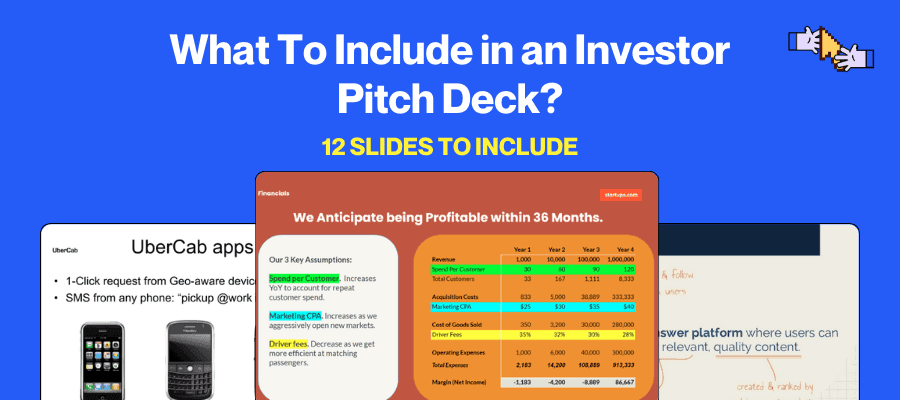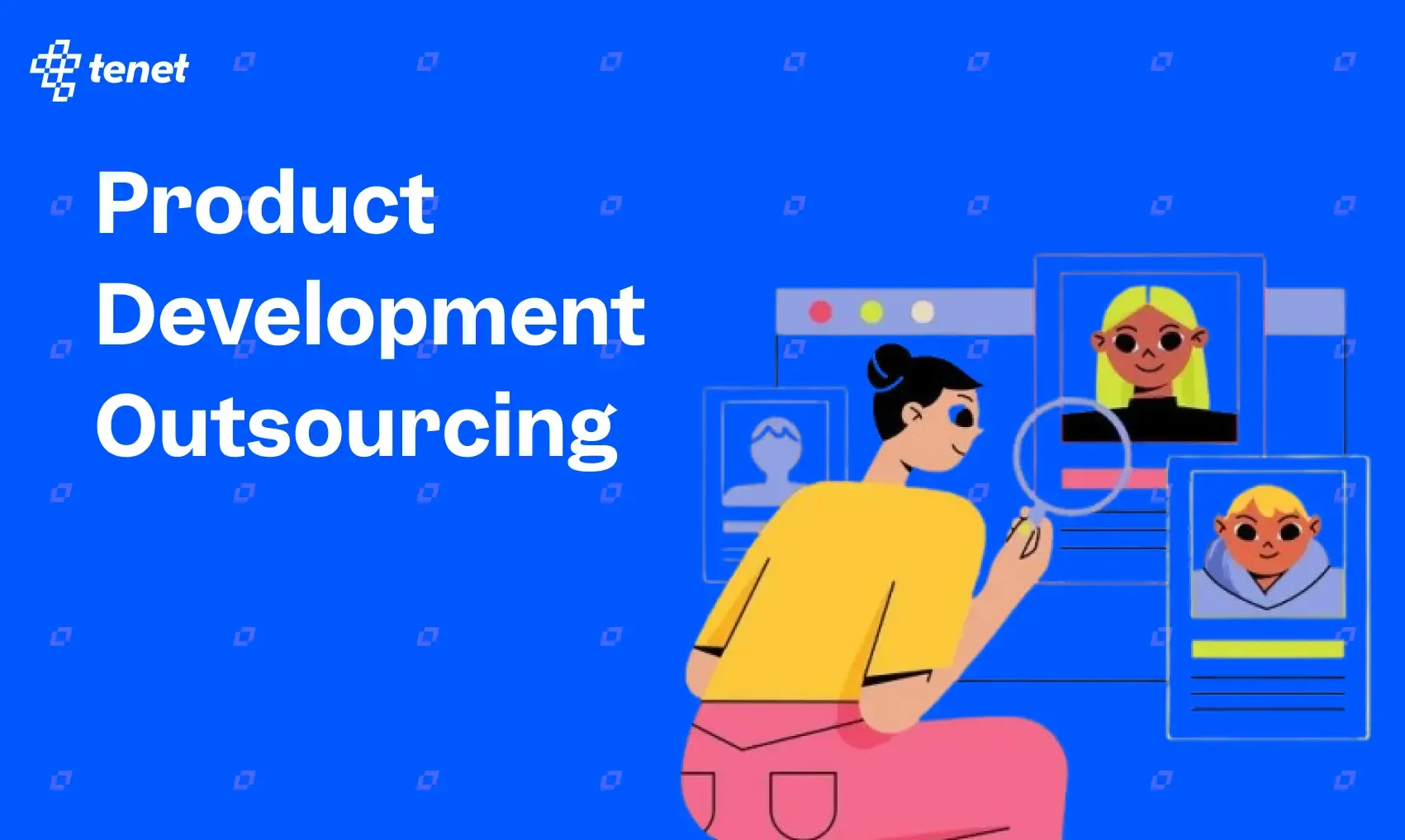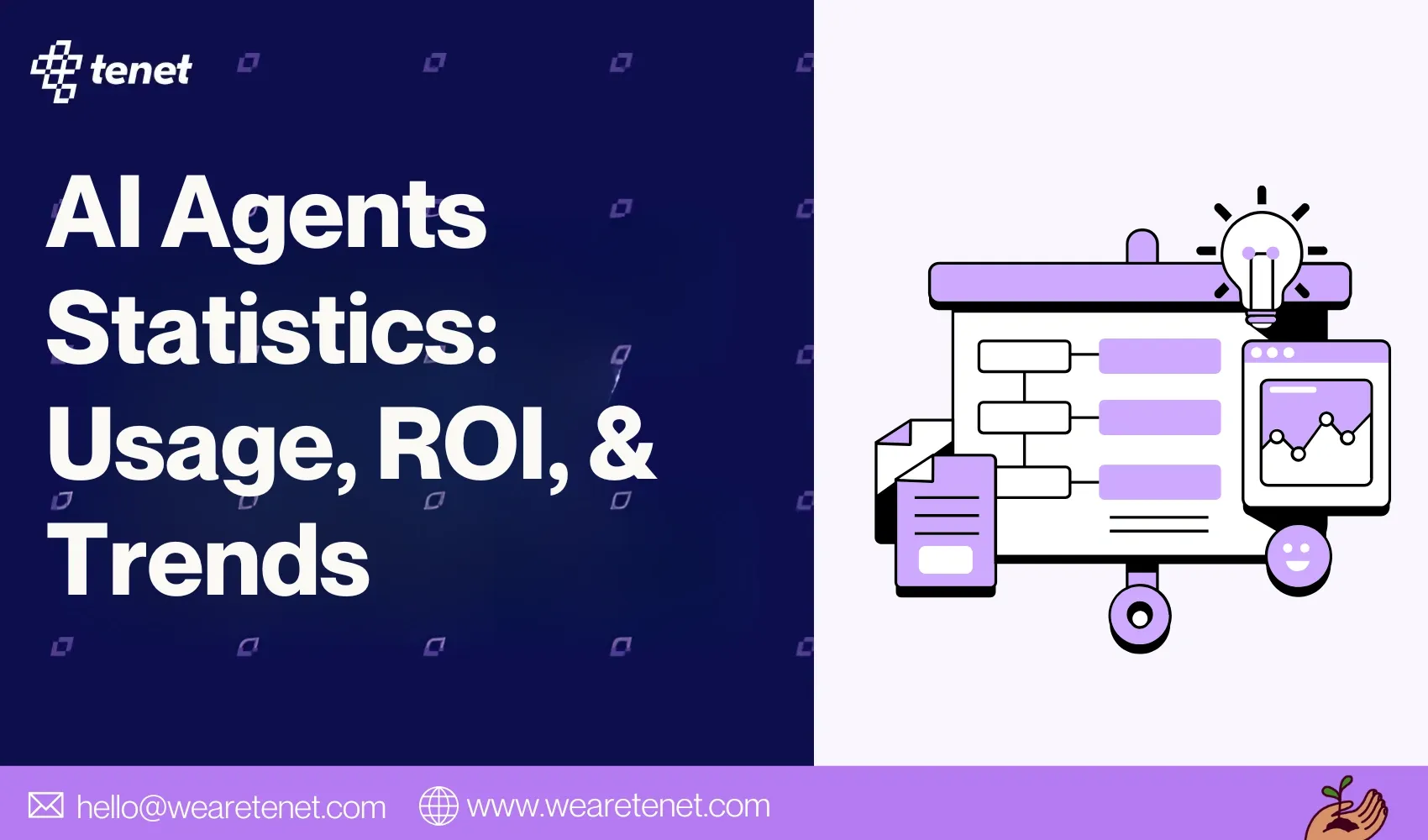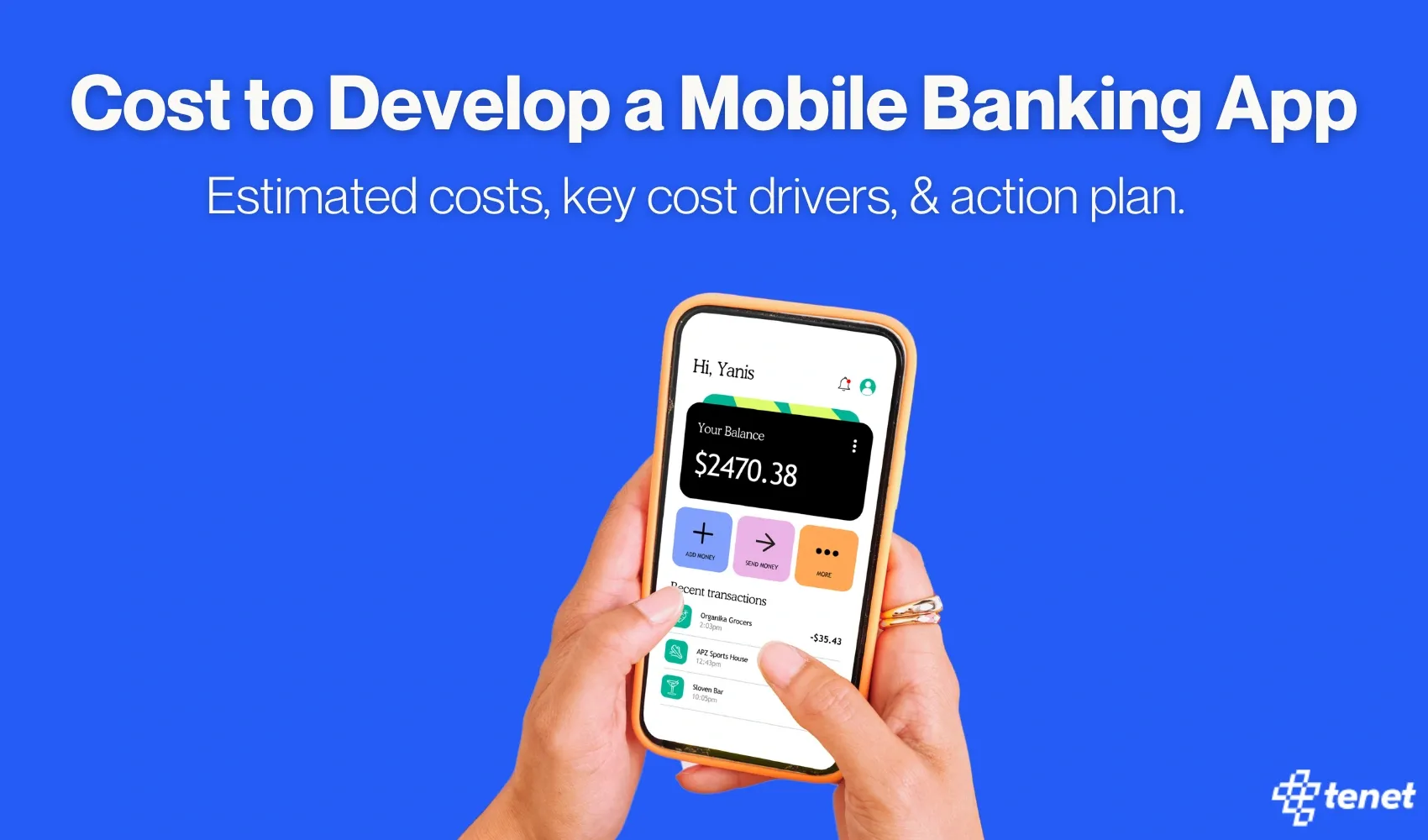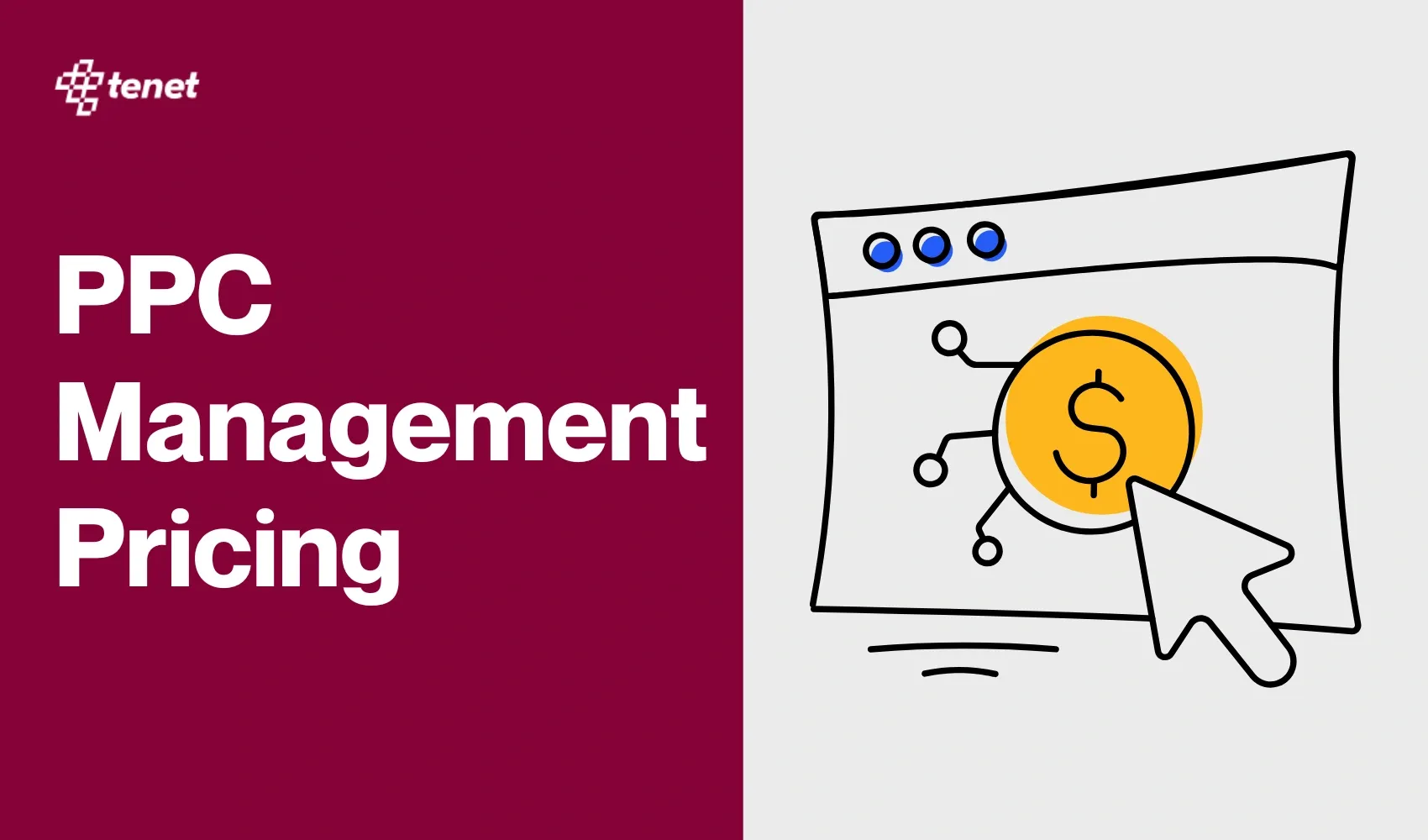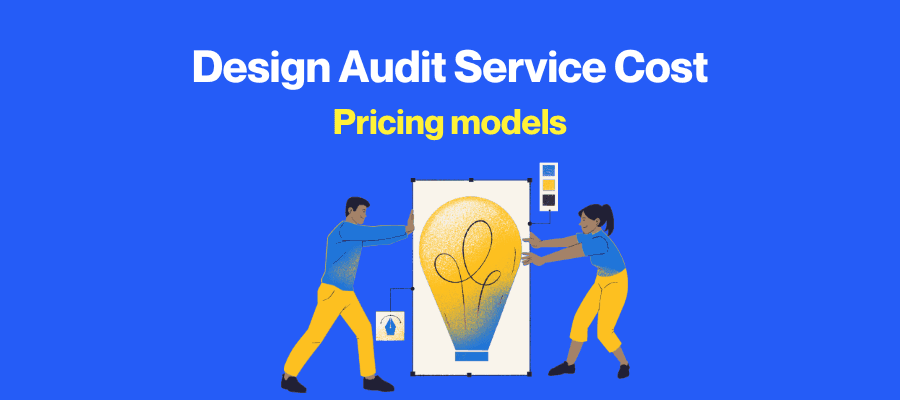How To Create A Marketing Plan in 7 Steps
Share
Share

Does marketing seem like a maze in which you're completely lost?
Then you're not alone; my friend, you are in good company.
With 40+ different problem solvers, we have helped companies such as Gartner and Coca-Cola undo their problems. We specialize in clarifying your ideas, structuring them, and giving you a plan to get you noticed.
No clutter of technical jargon from us, just practical experience measurable to you. Ready to stop guessing and start knowing? This guide will cover the exact steps to transform marketing chaos into a strong driving force to collect customers.
Let's shift your marketing strategy from reactive to proactive. Shall we start?
Step 1: Define Your Marketing Plan's Purpose & Goals
Your marketing plan starts with defining your purpose and goals. Your business has goals, right? Marketing? It has to match. We need to know what we're aiming for. And how we'll measure it. Is it more sales? More leads? We need numbers.
What you’ll achieve
A clear marketing direction aligned with your business objectives and specific, measurable goals to track progress.
How to implement?
1. Align Your Marketing with Business Goals
Start working on these things from today to ensure that your marketing plan aligned with your business:
- Schedule a 1-hour meeting with your leadership team
- Get answer to these questions:
- Mission & Vision: What is your company’s purpose? Where do you see your brand in the future?
- Brand Positioning: What is unique about your brand? Who is your ideal audience?
- Core Messaging: What key messages communicate your value proposition effectively?
Get answers to all these questions and market your brand exactly how you want it seen. For example- A B2B software company identified their business priority as market expansion. They translated this into marketing metrics: increase qualified leads by 35% and reduce cost per acquisition by 15%.
2. Set SMART Marketing Goals
When you need to be successful in the long run, your marketing goals should be (SMART) Specific, Measurable, Achievable, Relevant, and Time-bound.
Do this today:
- Use this formula for each goal: "Increase/Decrease [specific metric] from [current number] to [target number] by [specific date] through [specific methods]"
- Create a goal tracking spreadsheet with columns for: Goal, Starting Point, Target, Current Status, Next Actions
Here are a few examples of it: Increase organic traffic from 10,000 to 15,000 monthly visitors by June 30th through optimizing our 10 highest-potential blog posts. And to add more, increase social media engagement by 40% in five months through strategic content planning.
3. Set Up Your Tracking System
Do this today:
- Create a simple dashboard (Google Sheets works well) with your top 3-5 KPIs
- Schedule weekly 15-minute check-ins to review progress
- Set calendar reminders for monthly deep-dive reviews
Pro Tip: Don't track more than 5 core metrics. Focus on the ones that directly impact your business goals.
Here's how we can help you with our marketing services:
Step 2: Conduct a Market & Competitive Analysis
Now, let’s get to know the playing field. Who are you up against? What makes your audience tick? This step is all about researching your competitors, identifying industry trends, and uncovering gaps you can fill. The better you understand the market, the smarter your marketing moves will be.
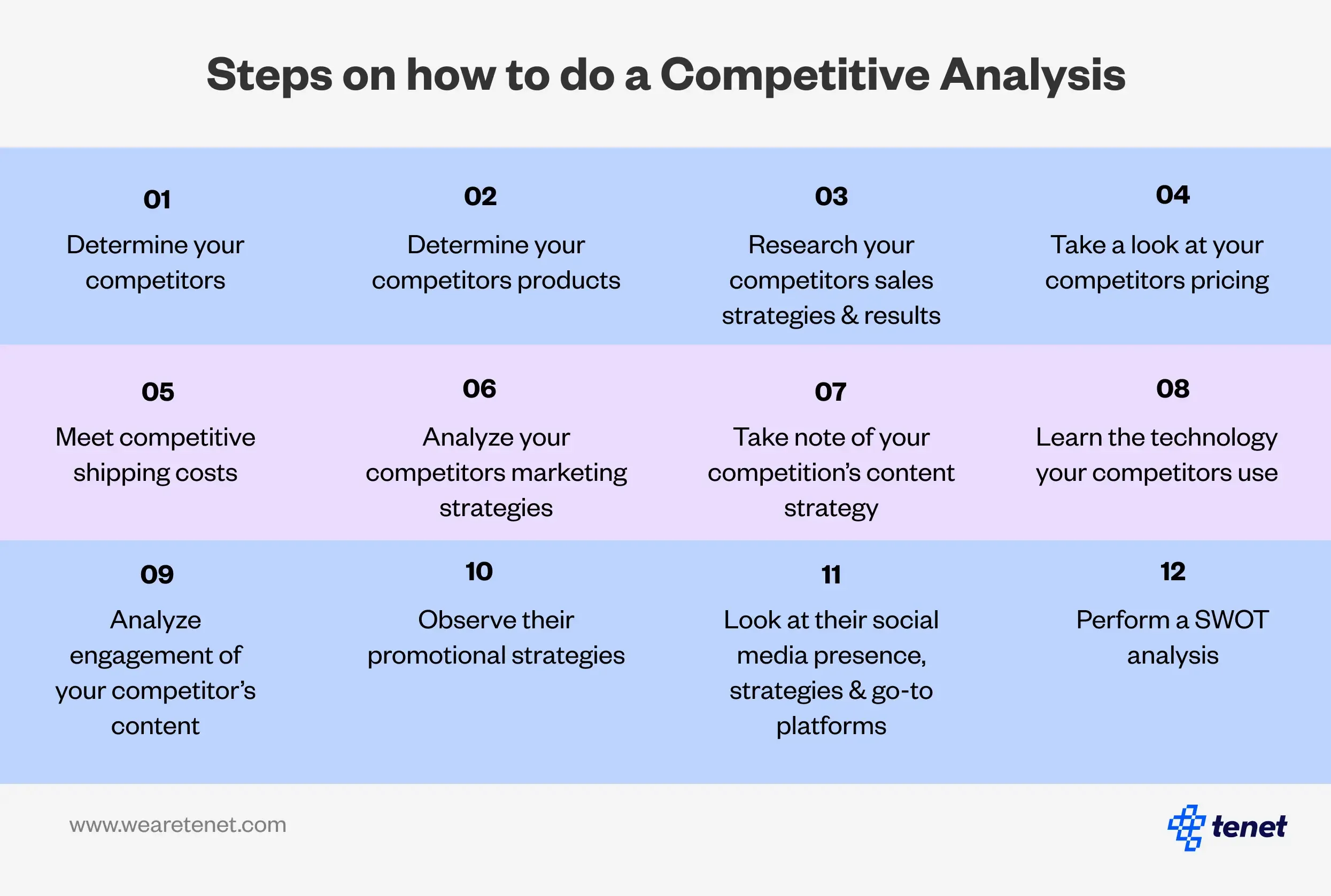
What you’ll achieve
Companies that perform rigorous market research grow at a 70% higher rate than those that do not. Market and competitive analysis allows you to know how the industry is working and how you should make strategic decisions. Might sound strange, but you have to keep an eye on the competitors to get a clear picture of their strengths, weaknesses, and strategies, and gain detailed insights into the target audience’s behaviors and preferences.
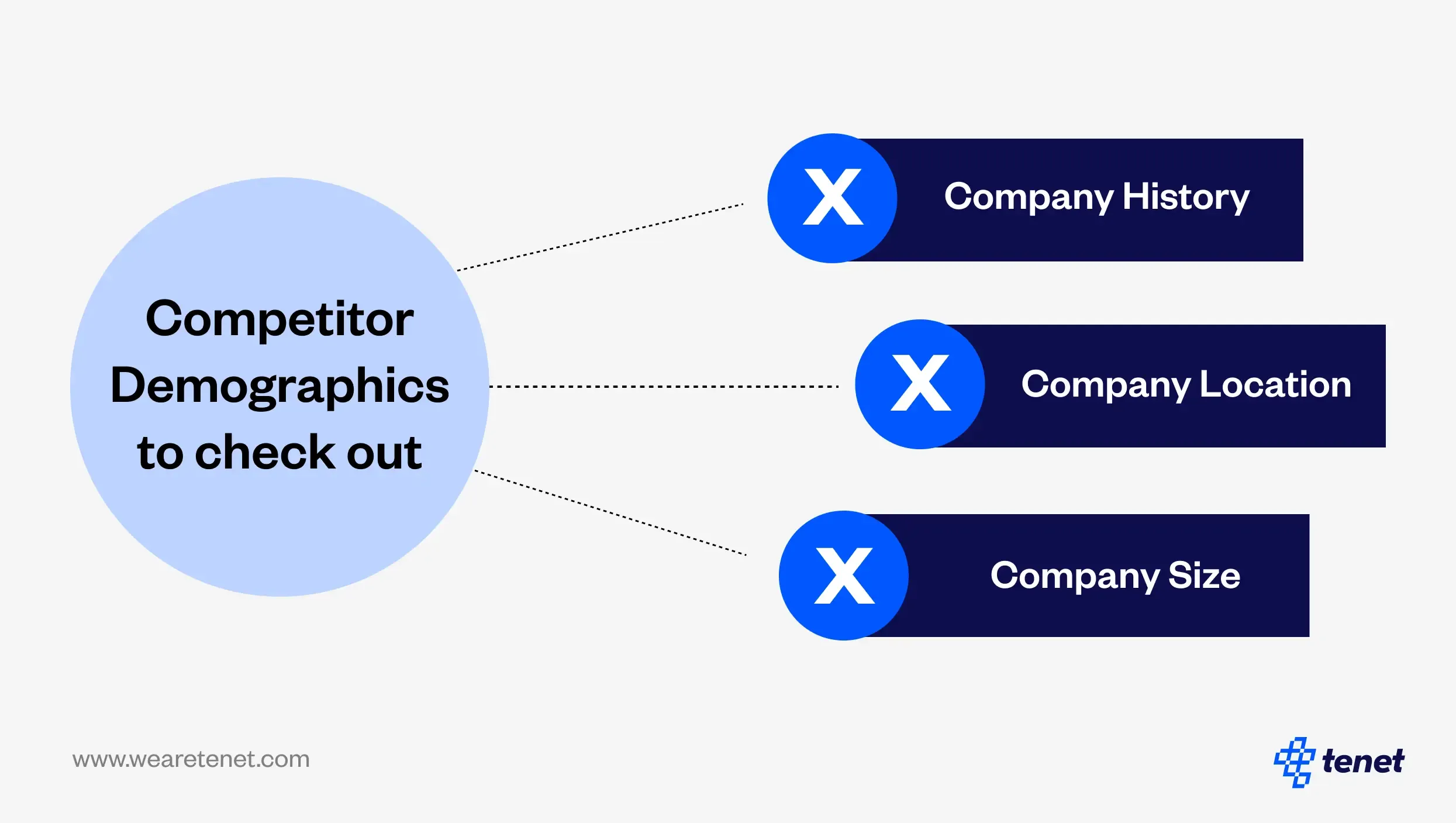
How to Implement?
1. Research Your Target Audience:
Want to know what your audience really cares about? Head to Quora, a real goldmine of real questions. Search your niche, filter for questions, and use scraping tools to grab the data. Categorize them by relevance and boom, you’ve got raw, unfiltered insights into your audience’s pain points. Now, create content they’ll love to see.
Do this today:
- Pull data from Google Analytics, customer surveys, and sales calls
- You should know your audience and how they think, where they are settled, what lifestyle they have, what they like, what they’re concerned about, and what they want to solve for themselves.
- Gather information about the demographics, interests, pain points, and buying behaviors of the people. You must keep an eye on all their digital whereabouts.
- Create a one-page profile for each segment using this template.
Here is the best example we can give you : Take a look at Reddit’s productivity forums and spot a trend that busy professionals are struggling to make time for fitness. That’s your golden insight. Instead of promoting “the best workout,” you can now frame it as “Get fit in just 20 minutes a day”. This shifts focus towards lifestyle and pain points.
A fitness app company discovered their highest-value customers weren't gym enthusiasts but busy professionals who valued efficiency.
This insight shifted their messaging from "Get the best workout" to "Get fit in 20 minutes a day."
2. Perform a SWOT Analysis
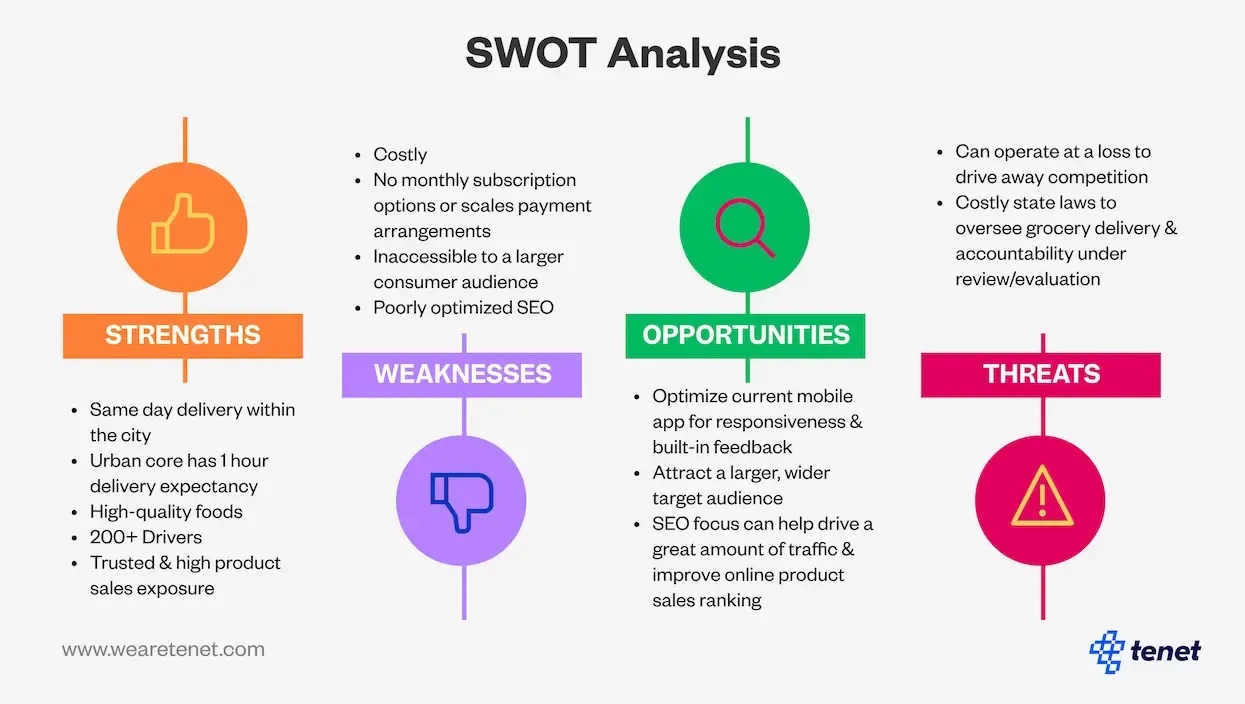
SWOT: Are you maximizing your strengths? Or, are you disregarding your fundamental threats? We need an answer to every question:
Do this today:
- Create a 2x2 grid with these specific prompts

Strengths:
The strengths denote the abilities of the organization in which it excels to overcome the competition. Also, you must know the answers to all these questions to know your strengths:
- Why does our target audience support our organization?
- In which areas or characteristics did we outdo the competitors?
- What makes us different from other organizations?
Weakness:
Weaknesses prevent an organization from functioning at full speed. Get the answers to all these questions to know your strengths:
- Where are we lacking?
- What additions will improve our performance?
- What can be improved?
Opportunities:
Opportunities refer to favorable external factors that could give an organization a competitive advantage. Check out these questions and get the answers of all:
- What underserved needs exist in our market?
- What trends could we capitalize on before competitors?
- Which customer segments are growing fastest?
Threats:
Threats, unlike weaknesses, are out of your control and lie external to the company. These refer to features that may cause damage to an organization. And the questions to ask are:
- Which competitors are gaining market share?
- What market changes could negatively impact us?
- What substitute solutions are customers considering?
3. Analyze 3-5 Key Competitors
Do this today:
- Create a competitor analysis spreadsheet with these columns for each competitor:
- Content strategy (topics, formats, frequency)
- SEO performance (rankings for key terms)
- Social presence (platforms, engagement rates, content types)
- Pricing strategy (price points, packaging, promotions)
- Messaging (value proposition, key selling points)
- Use tools like Similarweb, Semrush, and Ubersuggest to gather data
- Identify at least 3 specific gaps you can tap into.
Example: A SaaS company analyzed competitors and found none were addressing 3rd party integration concerns in their content. They created an "Integration Guides" section which became their #1 lead generator.
Step 3: Outline Your Core Marketing Strategies
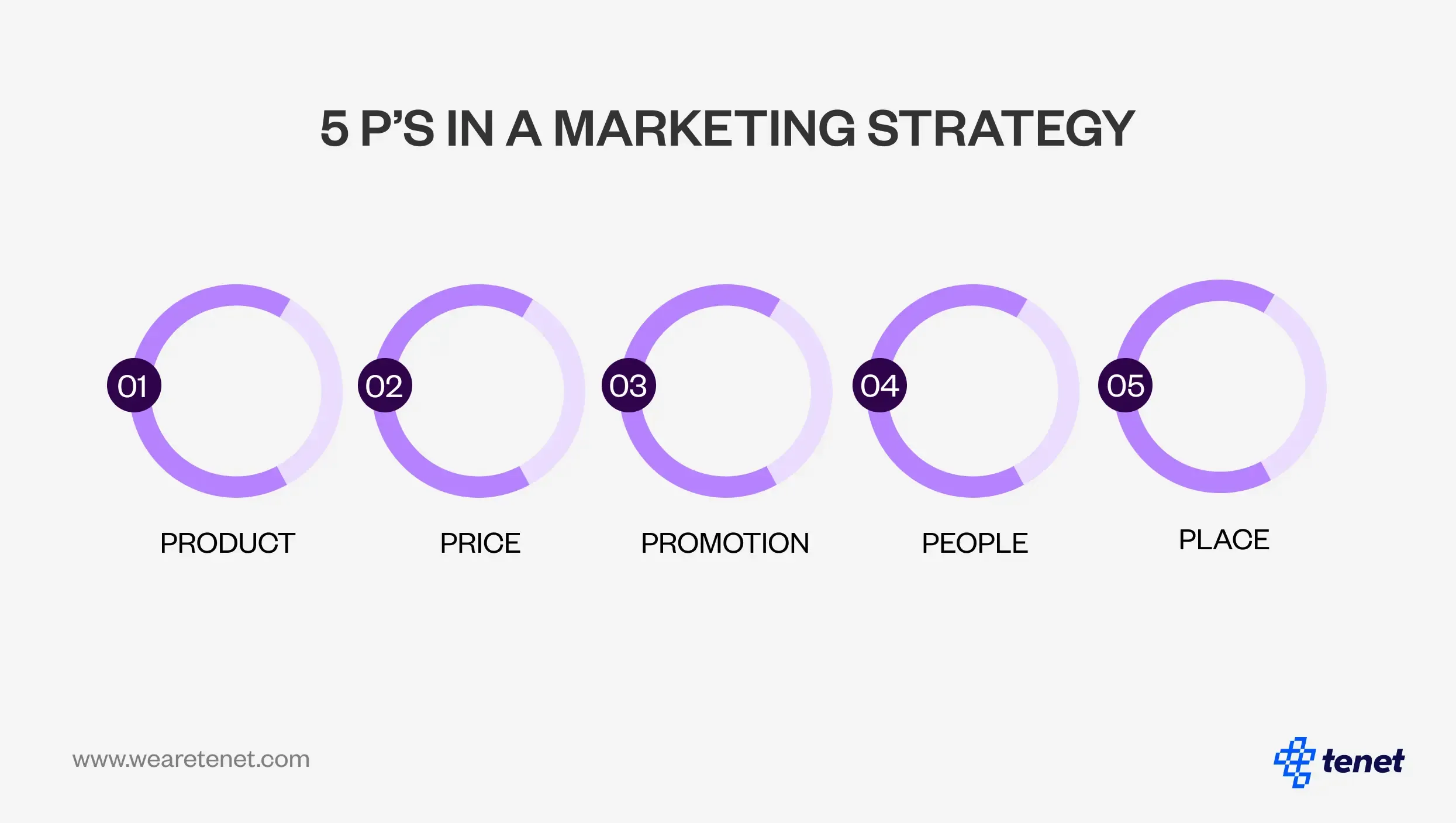
Strategically doing marketing might sound hard, but it is not— if you are well aware of the 5Ps of marketing but what is it? Mark A. Runco's thesis has defined the components of the 5Ps: person, place, process, product, and persuasion.
What you’ll achieve
A comprehensive strategy covering all aspects of your marketing mix to create a cohesive approach.
5Ps will ease out your marketing problem? Of Course, Here is an implementation plan:
How to Implement
First create you 5Ps strategic framework with specific decisions for each component:
1st P = Product
Get the answers to these questions:
- Core offering: What specific problem does it solve?
- Key features to emphasize: Which 3 features deliver the most value?
- Differentiation: What makes your solution uniquely valuable?
Action item: Interview 5 customers about which features they value most and why.
2nd P= Price
Price is the value assigned to your product. Pricing needs extreme balance; if high, you lose customers; if low, then you might not profit enough.
- Pricing model: Subscription, one-time, freemium?
- Price points: What specific tiers will you offer?
- Pricing psychology: How will you communicate value vs. cost?
Action item: Test at least 2-3 pricing presentations with a small segment of your target audience.
3rd P= Place
Where are you going to distribute it? Here ‘place’ comes into the picture.
- It is your distribution: physical stores, online platforms, and sales channels like retail stores, websites, or third-party vendors.
- It's where customers find you or it’s you finding where your customers hang out.are.
For example, Lamborghini doesn’t use TV ads; instead, they sponsor or host exclusive events because their customers love luxury and exclusivity.
Similarly, Gucci focuses on high-end fashion shows and celebrity partnerships because their audience values premium experiences and style.
Action item: Map your current distribution channels and identify 2 new channels to test.
4th P= Promotion
Promotion applies to any channel through which you communicate with your potential customers about your product. For example, YouTube is better suited for long-term brand building and in-depth product demos, but Instagram is excellent for visual storytelling and rapid engagement.
Here's how to organise your marketing plan:
- Channel Mix: Set platform priorities according to audience behaviour. Are they searching YouTube for in-depth product knowledge or Instagram for instant inspiration?
- Material Strategy: Adapt your material to each funnel step. While testimonials or comparative films can turn curiosity into purchases, short reels can raise awareness.
- Campaign Structure: Make sure all of the channels are the same. Keeping the messaging consistent, a teaser on Instagram should link to a complete demo on YouTube.
Action item: After choosing the right platform, map out key touch points from interactive stories, influencer collaborations, to targeted ads to maximize reach and impact.
- Channel mix: Which specific channels will you prioritize?
- Content strategy: What content types for each stage of the funnel?
- Campaign structure: How will campaigns connect across channels?
Action item: Outline your next campaign with touch points across all relevant channels.
5th P = People
Success isn’t built alone, it's your team that creates, sells, supports, and drives your products forward every step of the way.
📊 According to employee engagement data, 69% of employees say they would work harder if their efforts were properly recognized. Recognizing your team isn’t optional—it drives your growth strategy.
- Team structure: What roles are needed to execute this plan?
- Customer service: How will you handle inquiries and issues?
- Culture: What values will guide your marketing approach?
- Team Structure – It’s built by a team with clear roles, strategists to plan, creators to engage, analysts to optimize, and support specialists to keep customers happy.
- Customer Support – A strong support system ensures every inquiry, complaint, and feedback is handled smoothly, turning issues into trust-building moments.
- Culture That Drives – What values define your brand? Is it innovation, customer obsession, or creativity? A strong culture fuels every marketing move.
- Empowered & Motivated Team – People perform best when valued. Are you providing growth opportunities, recognition, and a work environment that keeps them inspired?
Action item: Identify the key roles needed and the skills required that are aligned with your business goals. And then, check for any gaps in your team’s abilities and fill them through training or hiring. It is followed by improving customer support to handle issues smoothly.
2. Select Your Channel Mix With This Decision Matrix
The integration of various marketing strategies, such as advertising, social media, and promotions directly influences brand reach and builds customer trust. Multichannel strategy companies manage a staggering 89% customer retention. It means you must choose the right marketing mix for you, whether it is SEO, email campaigns, or anything else, and allocate your resources systematically.
For example, many websites see a significant portion of their traffic coming from SEO, with some reporting up to 53% of visitors arriving through organic search.
How to implement
Do this today:
- Create a spreadsheet with these columns for each potential marketing channel:
- Audience match (1-10): How well does this channel reach your target audience?
- Cost efficiency (1-10): What's the expected ROI? And what is the expected time to see this ROI?
- Execution capability (1-10): Does your team have the skills and resources?
- Strategic fit (1-10): How well does this channel support your goals?
- Total score (Sum of above)
- Prioritize channels scoring 30+ points
- Allocate 80% of resources to top 3 channels, 20% to testing new channels
Example: A B2B company scored LinkedIn (36), Email (34), and SEO (33) as their top channels, with TikTok (22) as an experimental channel. They allocated 80% of the budget to the top three and created a small test budget for TikTok.
Step 4: Content & Creative Strategy
Great ads don’t happen by chance, they’re built through a continuous loop of 7 steps that includes from research, testing to creative analysis. Take a look at the below image where every step fuels the next, making your creative smarter, sharper, and more effective.
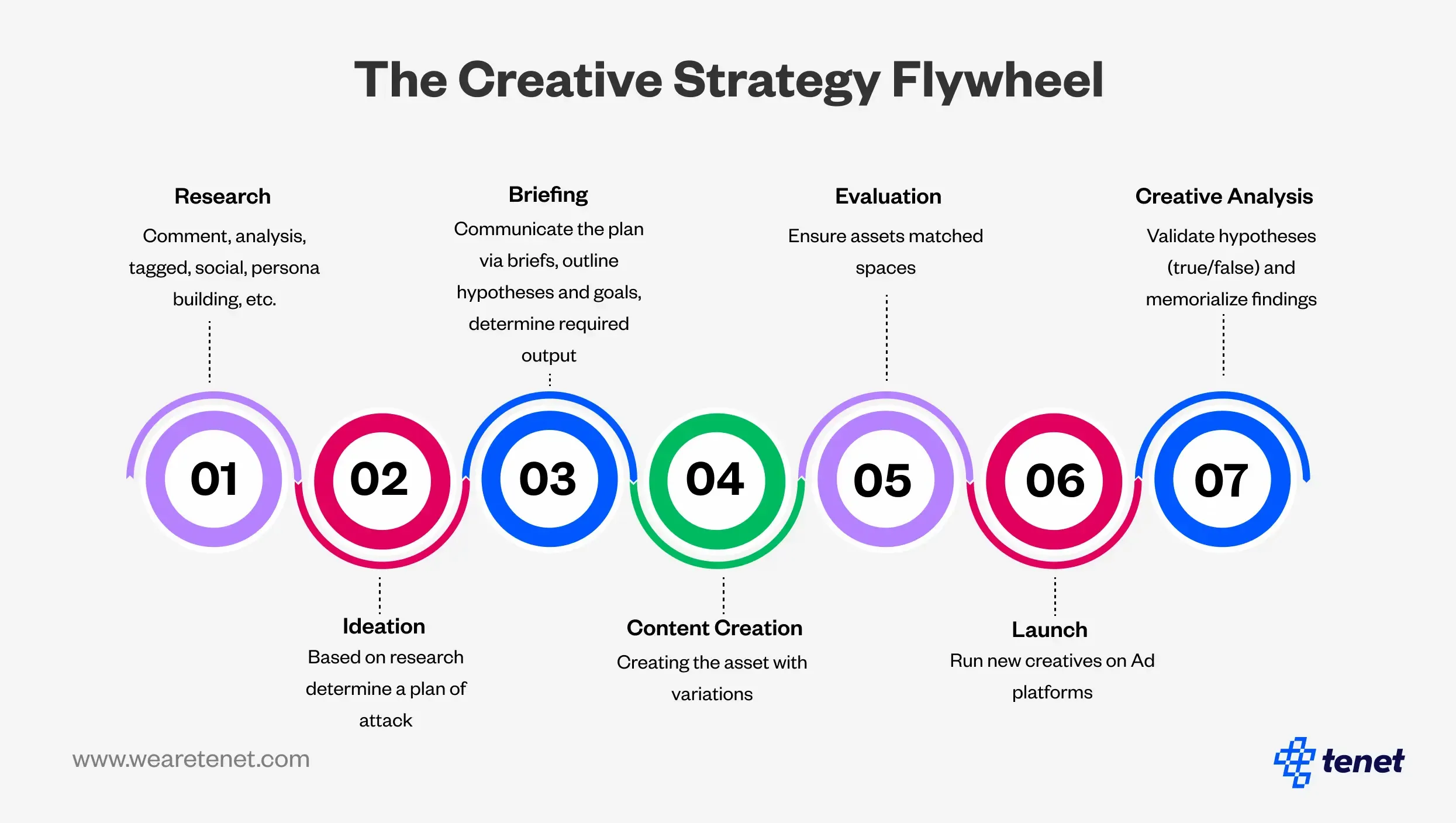
What you'll achieve
A good brand story sets you apart from the competition and ensures user retention. In addition to this, effective content strategy may increase your sales win rate by 55%.
How to Implement:
1. Build Your Content Calendar By Buyer Journey Stage
Do this today:
- Create a content planning spreadsheet with these columns:
- Buyer journey stage: Awareness, Consideration, Decision
- Content topic: Specific subject addressing audience needs
- Format: Blog, video, webinar, email, etc.
- Distribution channels: Where this content will be shared
- CTA: What specific action you want readers to take
- Creation timeline: Who creates it and by when
- Success metrics: Views, engagement, conversions, etc.
Let’s take a look at example content plan for each of the stage:
Awareness Stage
- Content Example: Blog post: "7 Signs It's Time to Reevaluate Your Product or Service Strategy"
- Distribution: Organic social media, SEO (Search Engine Optimization)
- CTA (Call-to-Action): Subscribe to our newsletter for the latest tips
- Metrics: Website traffic, time spent on page, newsletter subscriptions
Consideration Stage
- Content Example: Webinar: "How to Create a Data-Driven Strategy for Your Business"
- Distribution: Email list, paid social media ads
- CTA (Call-to-Action): Book a free consultation with us
- Metrics: Registrations, webinar attendance, consultation bookings
Decision Stage
- Content Example: Case study: "How [Company] Increased Sales by 45% Using Our Product"
- Distribution: Sales team, company website
- CTA (Call-to-Action): Start your free trial today
- Metrics: Case study downloads, trial signups, conversion rates
2. Create Your Brand Messaging Framework
Do this today:
- Document these specific brand elements:
- Core value proposition: What specific value do you deliver?
- Brand voice: 3-5 adjectives that describe your communication style
- Key messages: What 3-5 points should appear in all communications?
- Proof points: What specific evidence supports your claims?
- Common objections: How will you address customer concerns?
Still in doubt about finding the messaging, here is an example of it:
A project management tool defined their value proposition as "Complete complex projects 30% faster with less stress." Their voice can be practical, supportive, and efficient. And the key message will be "Stop wasting time in endless meetings."
3. Audit Your Current Content
Do this today:
- Review your top 10 performing and bottom 10 performing content pieces
- For each piece, document:
- Topic and format
- Performance metrics
- Audience engagement
- Conversion effectiveness
- Identify patterns in high vs. low-performing content
- Create an action plan to update or repurpose underperforming content
Pro Tip: Don't create new content until you've maximized existing assets. Often, updating and repurposing performs better than creating from scratch.
Step 5: Budgeting & Resource Allocation
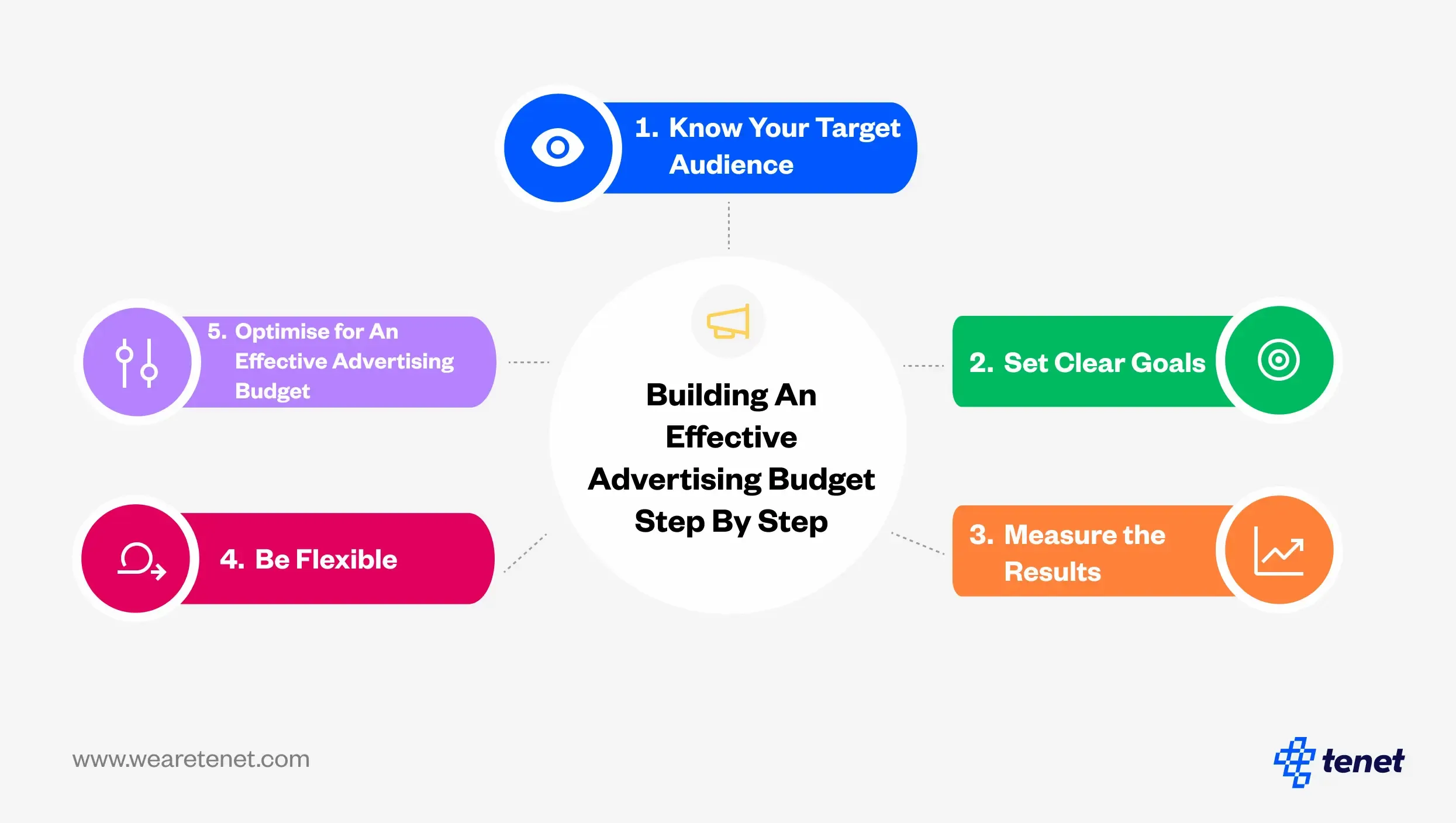
What Is This About?
Budgeting and resource allocation guarantee that marketing initiatives are cost-effective and are up to the corporate objectives for maximum ROI. Businesses that devote at least 10% of their revenue to marketing achieve faster growth.
How to Implement
1. Create Your Marketing Budget With This Template
Do this today:
- Create a spreadsheet that includes the following details: the marketing channels you'll use, how each channel aligns with your goals, the expected return on investment (ROI), monthly budget allocation, and the key metrics you'll use to measure success.
- Use this allocation framework as a starting point dividing to three categories:
- First, focus on proven channels like SEO and email marketing, which deliver consistent results.
- Next, allocate a portion to growing channels such as paid social or events that are showing positive signs of growth.
- Finally, reserve a small percentage for experimenting with new channels to test their potential.
The final answer is adjust your budget allocation based on your startup’s specific goals and performance data.
2. Implement These Budget Optimization Tactics
Do this today:
- Perform these specific analyses:
- Customer Acquisition Cost (CAC) by channel: Total channel cost ÷ customers acquired
- Lifetime Value to CAC ratio: Customer LTV ÷ CAC (aim for 3:1 or better)
- Payback period: How long until marketing spend is recovered?
- Set up a monthly budget review with these questions:
- Which channels are performing above/below expectations?
- Where can we reallocate the budget from underperforming to overperforming channels?
- What new tests should we run next month?
Step 6: Execution & Implementation Plan
Without a clear execution strategy, projects frequently fail. A well-structured strategy increases accountability and ensures team members understand their roles.
Firms that use project management software often see significant improvements in productivity. Learn about the implementation and execution of marketing from the experts directly.
How to Implement:
1. Create an Actionable Timeline
- Divide your milestones and give them time. Create quarterly, monthly, and weekly milestones and achieve them accordingly.
- You can get technological help from applications such as Asana, Trello, or Monday.com. These tools help you track the status of tasks whether they are in progress, in backlog, under review, or completed, ensuring better organization and reducing the risk of missed deadlines.
2. Establish Your Marketing Workflow System
Document everything from content creation workflow to campaign launch checklist and analytics review process, so that new employees can understand everything firsthand. Additionally, create templates for all the recurring activities like content calendar, campaign brief and analytics report.
3. Set Up Weekly Marketing Stand-ups
- Schedule 30-minute weekly team meetings with a review agenda for all blockers, challenges and achievements. Once it’s done, get the meeting notes circulated among the team members.
Step 7: Track, Measure, and Optimize Performance
Without performance tracking, marketing efforts can be inefficient. Businesses using data-driven strategies see a 5-8x higher ROI.
It helps identify key areas of improvement and enhances ROI. You should be able to see measurable results from your efforts. This way you will learn whether the strategy worked out for you or not. Gain expert insights from Gartner on how to enhance efficiency, streamline operations, and drive better business performance.
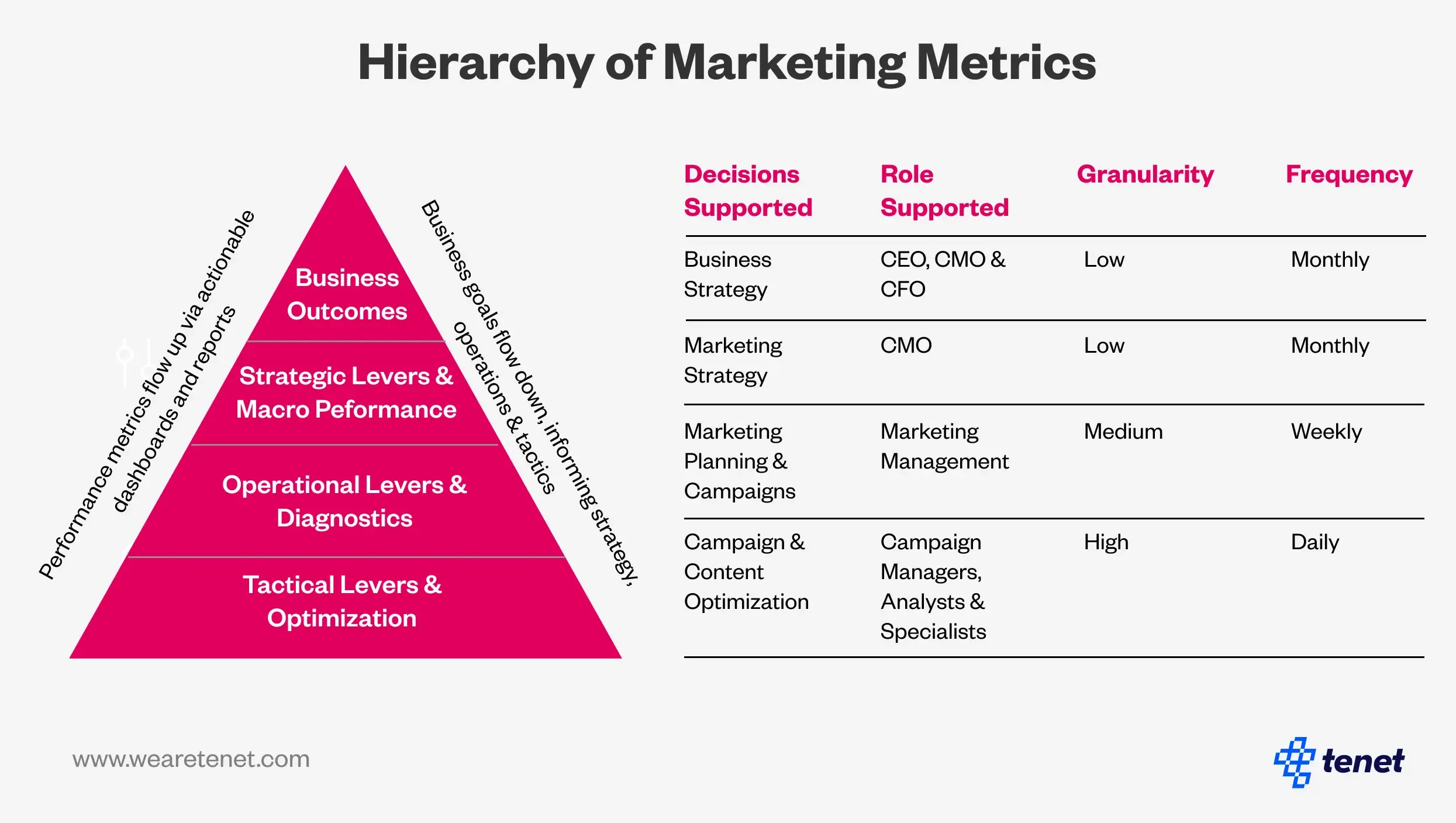
How to Implement
1. Build Your Marketing Dashboard
Create a dashboard (Google Data Studio or similar) with all the metrics like traffic sources, ROAS,conversion rates and more. After this, schedule dashboard review sessions from 15 mins to 2-3 hours based on weekly, monthly and quarterly basis.
2. Implement This A/B Testing Framework
A/B testing helps refine marketing campaigns. Companies that test consistently experience a 30% increase in conversions (VWO Report).
For each marketing asset from landing pages to emails and ads test two variables. Comparing two or more versions of a variable to see which one performs better) is used to get optimized solutions and know what works out for you. For example, we believe that showcasing customer results in the headline will increase landing page conversion rates by at least 15%.
3. Create a Continuous Optimization Process
Now, you have a complete idea of what’s performing and what’s not. Timely optimize it accordingly and let the result increase hour by hour, day by day. While you work on your marketing plan, we're fine-tuning our campaigns for optimal performance.
Conclusion
You have analyzed your market-segmented competitors and developed your 5 Ps. Now, brace up for the actual implementation and market feedback! The insights will change, and so will your marketing plan.
Don't just plan; adapt. Are you ready to take your marketing strategy to the next level? Contact us to get your free marketing proposal.
Get Expert Help to Build Your Winning Marketing Plan
Get Expert Help to Build Your Winning Marketing Plan

Got an idea on your mind?
We’d love to hear about your brand, your visions, current challenges, even if you’re not sure what your next step is.
Let’s talk
